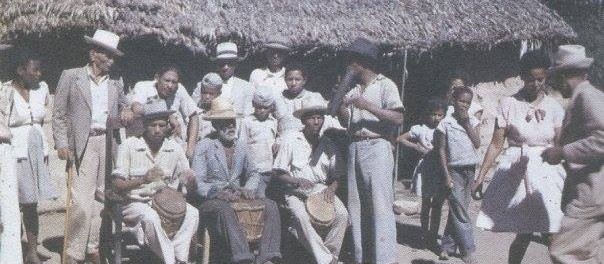South Boston: Growing Up SouthiePosted in Anthropology, Audio, Media Archive, United States on 2017-07-30 23:06Z by Steven |
South Boston: Growing Up Southie
Detour
Boston, Massachusetts
2017-07-29
Narrators:
Jennifer J. Roberts and ex-gangster Pat Nee take you to their ‘hood’ for a surprising story of growing up Black in Southie.
Southie – it’s got a bit of a reputation. Gangsters, busing desegregation; but most of all, the type of close knit Irish community that gave rise to it all. Although her family came here from Ireland in the 1800’s, Jennifer J. Roberts looked different from almost everyone in this neighborhood. Though she never knew him, her grandfather was black. In this Detour, Jennifer will show you Southie as only someone who knows it as both an insider and outsider can. She’ll take you to a diner that’s as quintessential Southie as it gets, and introduce you to the surrogate father who took her under his wing – the notorious criminal Irishman, Pat Nee. As she shows you the most poignant places of her youth, where navigating identity in the racially charged era of the Boston Busing Crisis was a constant, you’ll see how friends, enemies, and unlikely allies can be as much of a home as any house with a roof… Because people in Southie may seem a little rough around the edges, but they’re always willing to lend a hand if you get into any trouble. And by the end of your journey, you’ll come to see that like Jennifer herself, South Boston isn’t just one thing.




